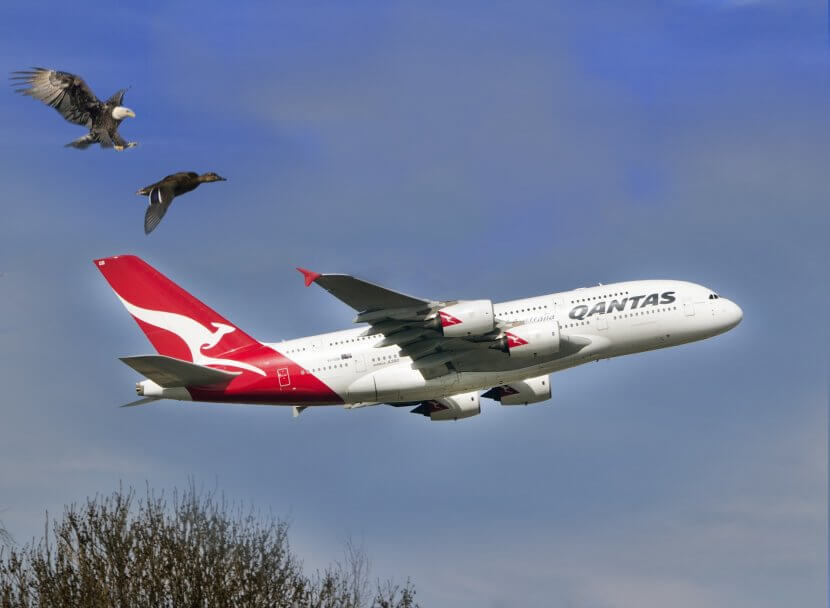If you’ve ever seen the sudden appearance of thousands of birds on farmland just after a tractor has started ploughing, you’ll know just how much damage can be done by our feathered friends. No matter what crops the farmer is expecting to introduce, the local bird population will do all it can to reduce the yield. It’s a problem caused the world over by various species, including sparrows, finches, geese, crows, jays, weaver birds and many others among the culprits. While many of these birds are useful pollinators, it still doesn’t negate the effects of crop damage that they bring.
And in retail locations, seagulls, pigeons and the like can also represent a major problem. We’ve all seen, heard and maybe even experienced that sense of terror when a seagull comes after the food we’re holding in our hands, of course. For restaurants with outdoor seating, especially perhaps in waterfront locations, there’s always the worry that affected diners will vow never to return again in the future. The effect on the eatery’s bottom line can be dramatic, but the good news for owners and managers is that something can definitely be done.
The development of bird deterrent products has led to the ready availability of practical, effective and affordable options for the hospitality and agriculture sectors in recent years, making life so much easier for restaurant owners, farmers and others. But perhaps the most important use of commercial bird control equipment is to be found at the airport. Instead of improving the yield rate for the farmer or enabling the al fresco diner to eat in peace, these highly impressive appliances are actually helping to save lives.
An important issue ever since we learned to fly
Of course, bird strike prevention has been high on the agenda for airport managers for many decades, almost since man first conquered the air, in fact. Way back in 1905, a plane owned by the Wright Brothers came into contact with a flock of birds during a test flight in Ohio. Thankfully, nobody was harmed, but the seriousness of the incident wasn’t lost on early aviation pioneers. Concerns about the presence of birds and other wildlife at airports continue to this day.
The process of keeping wildlife away from moving planes is far more involved than simply discouraging the creatures from appearing anywhere near the runway these days. Thanks to products such as Scarecrow’s innovative B.I.R.D. Tab system, users can monitor the whereabouts of bird flocks, for example, and to record their numbers, their exact location, their movement and the specific species involved. Over a period of time, airport managers can build up a priceless in-depth database, one that can be crucial for the safety of passengers and crew members.
Those in charge of airport wildlife management are in a constant battle with various species throughout any given year, chief among them being birds, of course. Thanks to Scarecrow’s products, they can discover more and more about habits and activities, creating in the process a bank of information that can be used to increase deterrents. This can help to grow confidence not only in everyone who works at airports, but also for anyone who flies from them.


